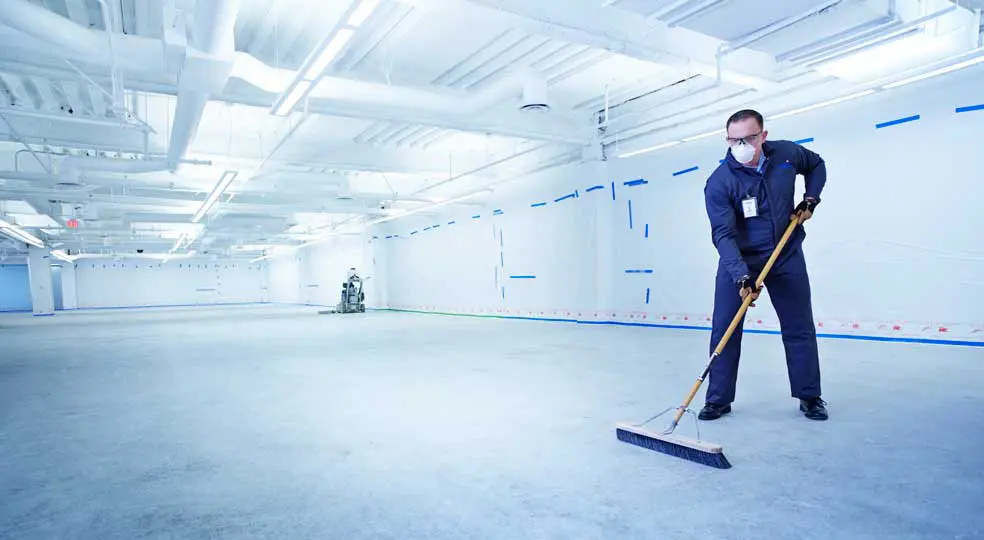15-25% Savings from One Strategic Service Shift
Proven Innovation for Reducing Specifications with Minimal Impact on Building Cleanliness
Challenge
Over the past few years due to the economic downturn, many of ABM’s national account clients have challenged us to devise a plan that would provide significant savings while still ensuring minimal impact on the cleanliness and disruption to building occupants. Our solution, a 3/2 reduced specification, has been implemented successfully for several national clients.
Solution
- There are no changes three days per week - typically Monday, Wednesday, and Friday - and all existing tasks and frequencies continue to be completed for all areas at current levels.
- Two days per week - typically Tuesday and Thursday - only “critical” building areas receive their regular service at the same frequency. The critical areas identified for most buildings include lobbies, breakrooms, cafeterias, and restrooms. Non-critical building areas are not cleaned, vacuumed, or trashed these two days.
As the plan is implemented, customer feedback and operational evaluation are critical. At some sites, it is immediately noted that additional trashing is needed in designated areas. Also, certain building areas, such as executive offices and suites, may need to have additional tasks added back on the reduced days. ABM works closely with our customers during implementation to identify and address anomalies to the standard plan.
Benefit
Almost immediately, most clients can see significant savings, typically between 15 and 25 percent. The amount saved varies depending on the client, building type, occupancy, staffing plan, etc. It’s worth noting, companies at which we have implemented this plan have elected to continue with the change, even after their need for immediate savings has subsided.





